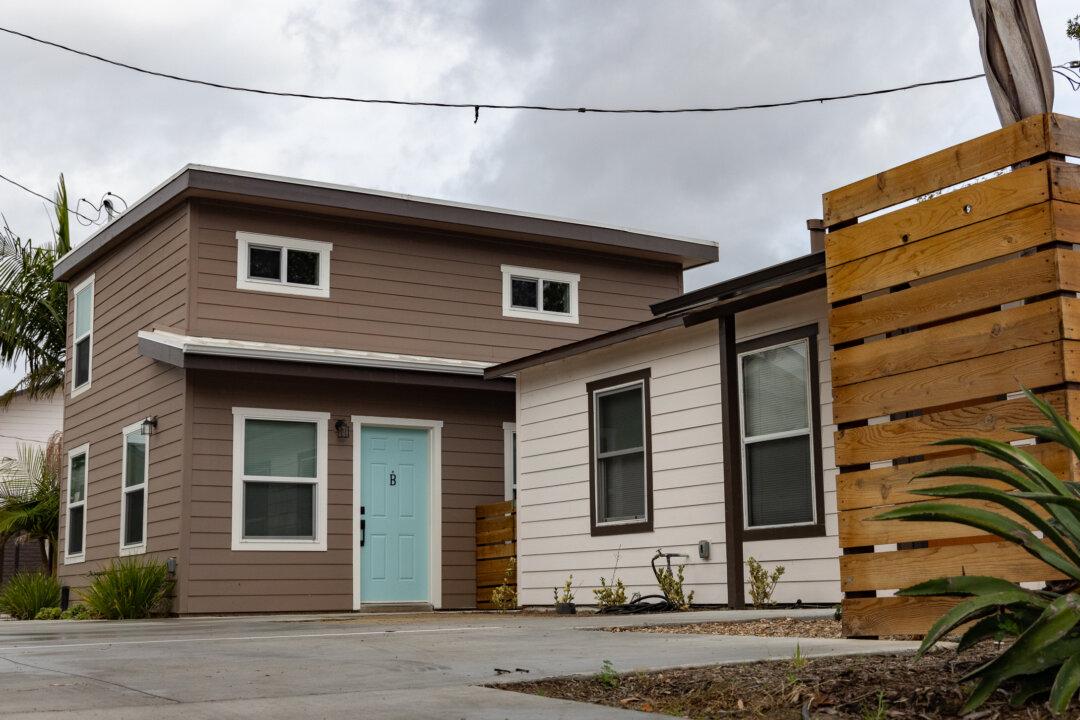The construction of so-called granny flats—known as accessory dwelling units, or ADUs—has increased from just 1 percent of California’s new permitted construction in 2016 to one in every five new homes last year, according to recent data.
Nearly 23,000 ADUs were built last year, according to the state Department of Finance, increasing California’s total by 10 percent.





